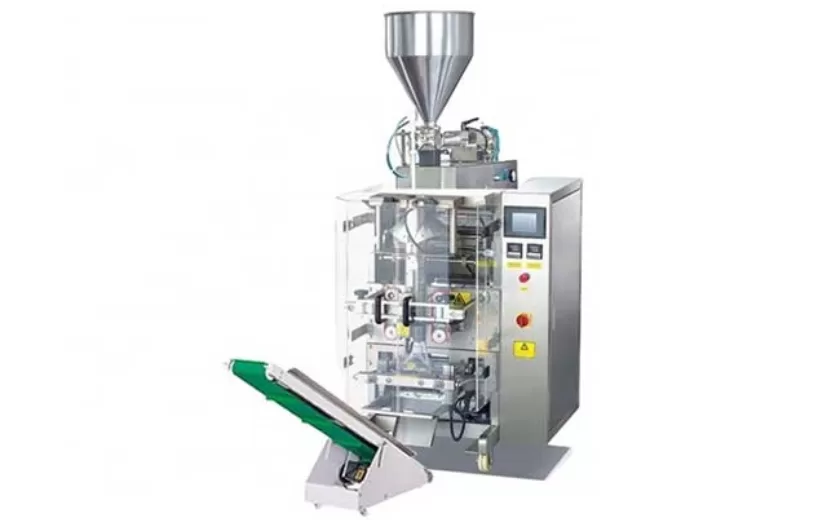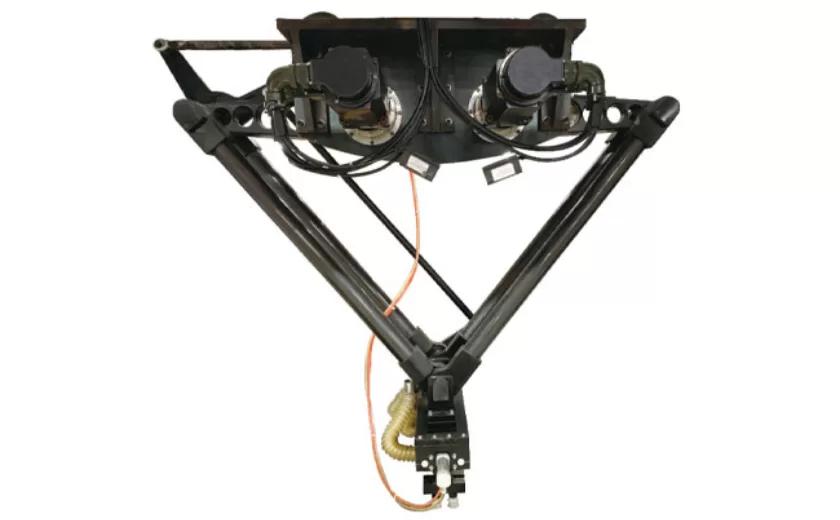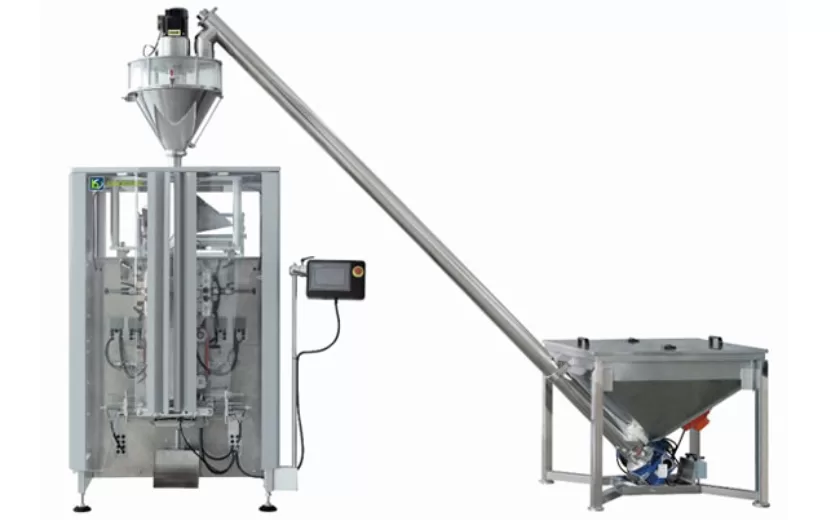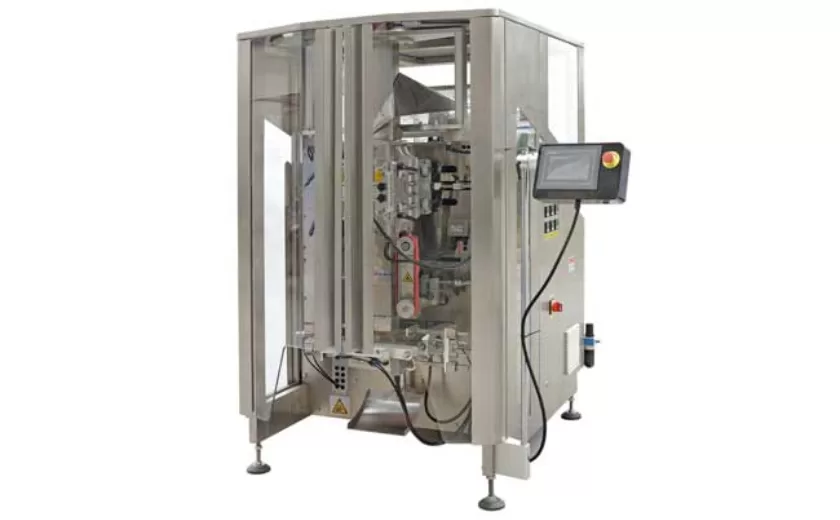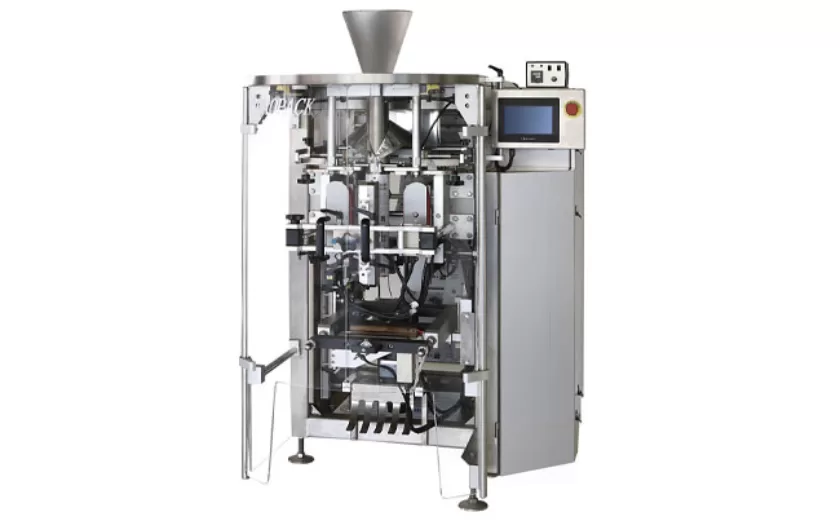Quality Control in Flow Wrap Packing Operations
Introduction:
Quality control plays a crucial role in ensuring the integrity and functionality of products packaged using flow wrap operations. By implementing robust quality control measures, manufacturers can maintain product quality, minimize customer complaints, and enhance brand reputation. This article explores various aspects of quality control in flow wrap packing operations, highlighting key considerations, challenges, and best practices.
Materials and Equipment Inspection:
Verify raw material quality: Inspect incoming materials for defects, dimensions, and moisture content to prevent compromised packaging.
Ensure equipment maintenance: Regular maintenance of flow wrapping machines, including cleaning, lubrication, and calibration, is essential for optimal performance.
Validate packaging materials: Test the compatibility of packaging films with the flow wrapping machine and products to prevent tearing or damage.
Process Monitoring and Control:
Monitor temperature and humidity: Maintain optimal environmental conditions to prevent condensation and ensure proper sealing.
Control product orientation: Ensure proper product alignment and orientation within the flow wrap to avoid misalignment or damage.
Inspect sealing quality: Regularly check seal integrity to prevent product leakage or contamination.
In-Process Quality Checks:
Visual inspection: Conduct manual inspections throughout the process to identify any obvious defects or inconsistencies.
Check weigh: Verify product weight and consistency to prevent under or over-filling.
Metal detection: Inspect products for metal contamination using detectors to ensure product safety.
End-Line Inspection and Testing:
Dimensional checks: Measure the flow-wrapped products to ensure they meet specifications and are within acceptable tolerances.
Leak testing: Conduct leak tests to confirm the absence of leaks or punctures in the packaging.
Drop testing: Simulate shipping conditions by performing drop tests to assess the durability of the packaging.
Data Analysis and Reporting:
Monitor quality trends: Collect data on defects, rejections, and customer complaints to identify areas for improvement.
Establish control limits: Define acceptable quality limits and monitor process variations to prevent non-conforming products.
Generate reports: Provide regular quality reports to management for decision-making and continuous process improvement.
:
Quality control in flow wrap packing operations is an essential aspect of ensuring product integrity, customer satisfaction, and regulatory compliance. By implementing robust quality control measures, manufacturers can proactively prevent defects, minimize waste, and enhance their overall packaging efficiency. Continuous monitoring, data analysis, and adherence to best practices empower manufacturers to consistently deliver high-quality, defect-free products to their customers.
-
Advanced Packing Solutions: Snacks, Sugar, and Frozen Food Machines
29-10-2025 -
Efficient and Reliable Solutions for Salt, Nuts, and Frozen Dumplings Packing
29-10-2025 -
High-Performance Biscuits, Lollipop, and Ketchup Packing Machines for Modern Food Production
29-10-2025 -
Efficient Liquid Filling and Packing Machines for Modern Production
23-10-2025 -
Reliable Granule Packaging Machines for Efficient Production
23-10-2025 -
Efficient Auger Powder Filling Machines for Accurate Packaging
23-10-2025 -
High-Performance Liquid Filling and Packing Machines for Hygienic Production
10-10-2025 -
High-Efficiency Granule Packaging Machines for Precision and Speed
10-10-2025 -
High-Precision Auger Type Powder Filling Machines for Efficient Packaging
10-10-2025 -
Efficient Vertical Form Fill Seal Packaging Machines for Smart Production
10-10-2025





